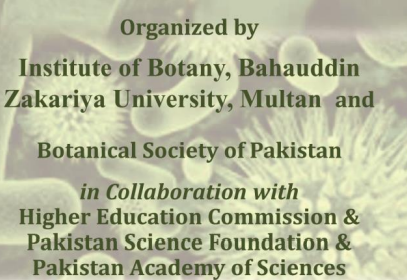PJB-2018-1559
Use of lichens as bioindicators for determining atmospheric heavy metal concentration in Malaysia
Norela Sulaiman, Sophia Fuzya Faezah Mohd Fuzy, Shah Indra Nasution Abdul Muis, Nusaibah Sulaiman and B.S. Ismail
Abstract
Twenty-six isolates of Rhizoctonia solani AG-3 were collected from four potato growing area of Saudi Arabia. Yield damages due to this infection is reported to range from 7-64% (average of 35%), depending on many factors. Molecular identification of R. solani AG-3 isolates by ITS-regions and characterization was done by inter simple sequence repeat (ISSR) markers. Twenty-six isolates of R. solani used in the current study were isolated from potato fields in four major potato-producing regions of Saudi Arabia. All isolates were inoculated on potato and observations on the percentage of disease incidence were recorded. Genomic DNA extraction of R. solani AG-3 isolates was used by A specific and sensitive PCR and ISSR primers. A single splinter of nearly 500 bp was only amplified once genomic DNA from R. solani AG-3 isolates. Amplicon size of three ISSR primers ranged from 0.3 to 2.8 Kb in isolates. Using the three primers, the tested isolates were separated on the basis of genetic similarity coefficients (GSC). The range of the GSC was beginning at 0.62 and ending at 1.00. In unweighted pair-group method arithmetic averages (UPGMA) analysis, the R. solani isolates grouped into five clusters. The present method provided rapid and reliable detection of R. solani AG-3 isolates. Molecular characterization have great genetic variation in the R. solani AG-3 population, without any correlation between aggressiveness, geographical regions and genetic variation based on ISSR markers
To Cite this article:
Download PDF


